Mastering DTF Transfer: Adherence to Polyester Fabrics for Quality Prints
Direct-to-Fabric (DTF) technology is transforming textile printing by directly applying inks to poly…….
In the ever-evolving textile industry, “DTF (Direct to Fabric) for Polyester” has emerged as a revolutionary process, transforming the way we produce and personalize fabrics. This cutting-edge technology offers an efficient, cost-effective, and environmentally friendly approach to printing and finishing polyester materials. The article aims to provide an in-depth exploration of DTF for polyester, covering its definition, global impact, economic implications, technological innovations, regulatory landscape, challenges, real-world applications, and future prospects. By delving into these aspects, readers will gain a comprehensive understanding of this game-changing technique and its potential to reshape the textile industry.
Definition: Direct to Fabric (DTF) printing is a digital printing method that allows designers and manufacturers to print directly onto various fabric types, including polyester, without the need for intermediate screens or plates. This process enables high-quality, on-demand printing, offering exceptional design flexibility and precision.
Core Components: The DTF technology involves several key components:
Historical Context: The concept of DTF printing traces back to the late 20th century when early digital printing technologies emerged. However, its application specifically for polyester fabrics gained traction in the 21st century with advancements in ink formulation and print head technology. Today, DTF for polyester has become a preferred choice for small-batch production, custom apparel, and on-demand printing services.
Significance: DTF for polyester holds immense significance due to its ability to democratize customization. It enables businesses and designers to offer personalized products with intricate designs at competitive prices. This technology streamlines the production process, reduces waste, and minimizes the need for large inventory investments, making it particularly appealing in today’s fast-paced market.
The impact of DTF for polyester is not limited to a single region; it has captivated the global textile industry. Here’s an overview of its international influence and key trends:
| Region | Impact and Adoption | Trending Developments |
|---|---|---|
| North America | Early adopters of DTF technology, known for their advanced printing infrastructure and demand for customized apparel. Companies like Printful and Teevy have popularized DTF for polyester in the e-commerce space. | Increasing focus on sustainable inks and eco-friendly practices. Integration with blockchain technology for transparent supply chain management. |
| Europe | Strong market for DTF printing, particularly in Germany and the UK, known for their high-quality textile manufacturing. European brands are embracing DTF for its versatility and ability to cater to niche markets. | Emphasis on developing specialized inks for different polyester applications. Compliance with strict EU environmental regulations. |
| Asia Pacific | Rapidly growing adoption, especially in China and India, due to the region’s thriving apparel industry and cost-effective production. DTF for polyester is driving innovation in fast fashion and custom clothing. | Collaboration between local startups and global brands to develop unique DTF printing solutions. Exploration of 3D printing integration for complex designs. |
| Latin America | Emerging market with increasing interest from local designers and manufacturers. DTF technology offers a cost-effective way to cater to the region’s vibrant cultural expressions through textile art. | Focus on affordable, locally sourced inks to reduce production costs. Partnerships between DTF service providers and local artists for unique design collaborations. |
These global trends showcase the universal appeal of DTF for polyester, with each region contributing its own unique perspective and innovations to this technology.
The continuous evolution of DTF printing technology has brought about several innovations that enhance its capabilities and applications:
As DTF for polyester gains popularity, manufacturers and printers must navigate various regulatory frameworks to ensure responsible production and product safety:
Despite its numerous advantages, DTF for polyester faces certain challenges that require careful consideration:
DTF for polyester has found its place in various industries, demonstrating its versatility and creative potential:
The future of DTF for polyester looks promising, with several emerging trends and possibilities:
In conclusion, DTF for polyester has evolved from a niche process to a powerful tool in the textile industry, offering unparalleled creative freedom, efficiency, and customization. As technology continues to advance and regulatory frameworks adapt, DTF printing will play an increasingly significant role in shaping the future of textiles and design.
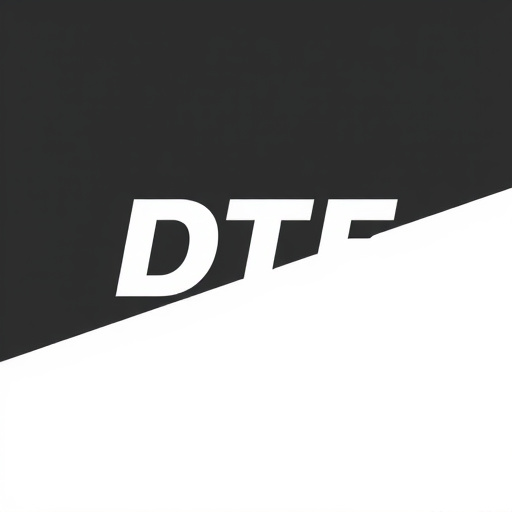
Direct-to-Fabric (DTF) technology is transforming textile printing by directly applying inks to poly…….
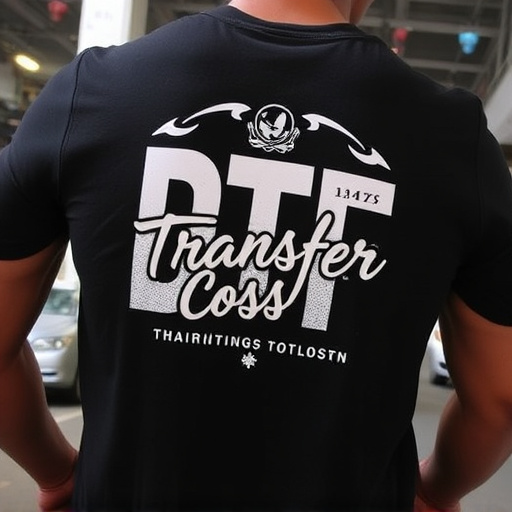
Direct-to-Fabric (DTF) transfer printing is a modern textile printing method that allows high-qualit…….
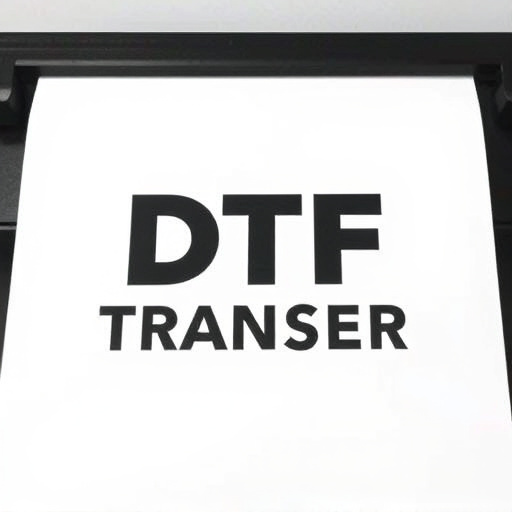
DTF Transfers revolutionize textile printing by offering a swift, adaptable method for applying desi…….
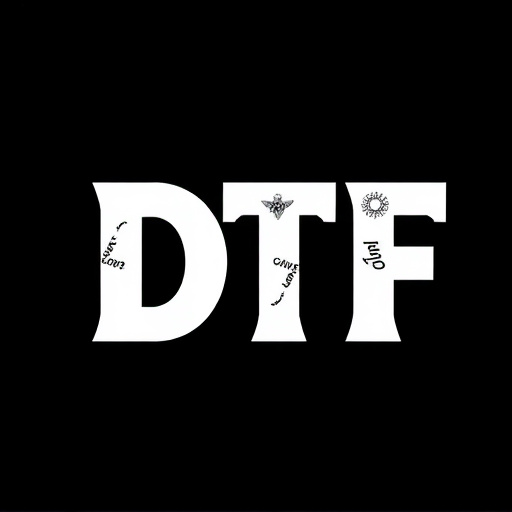
DTF (Direct-to-Fabric) Printing is a cutting-edge technology revolutionizing fabric design by direct…….
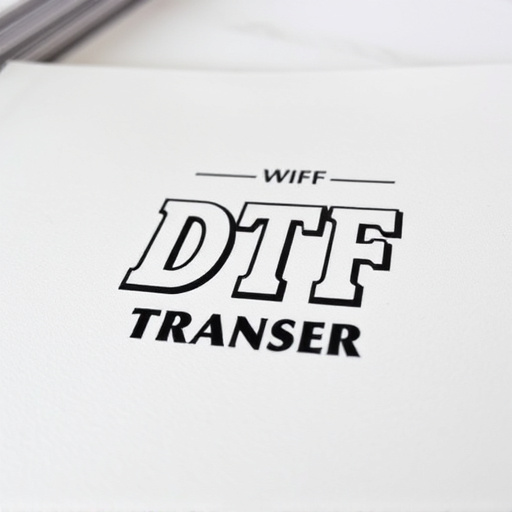
DTF (Direct-to-Fabric) Prints revolutionize textile design by enabling intricate patterns and vibran…….
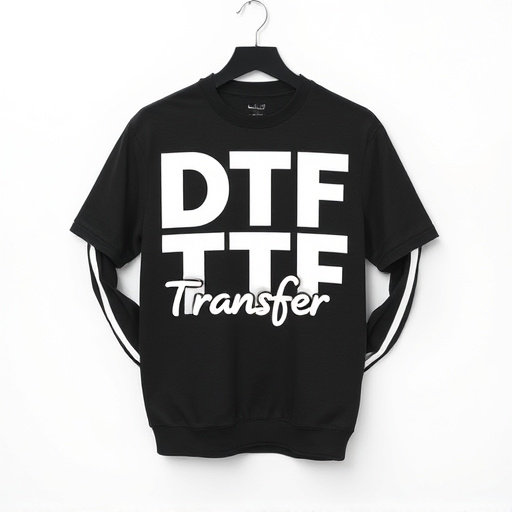
Direct-To-Fabric (DTF) printing revolutionizes textile production by directly applying high-quality…….
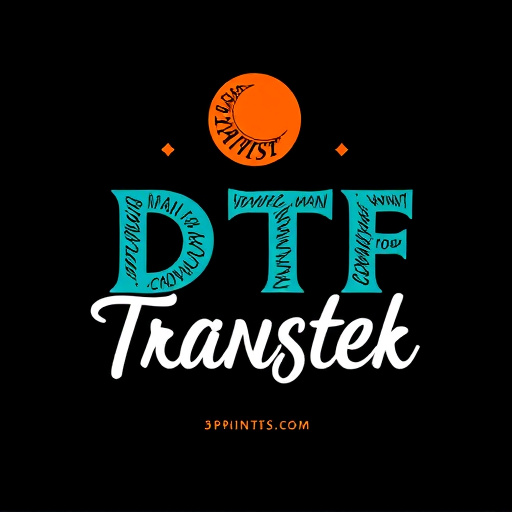
Direct-to-Fabric (DTF) Transfers have revolutionized textile printing by offering a cost-effective,…….
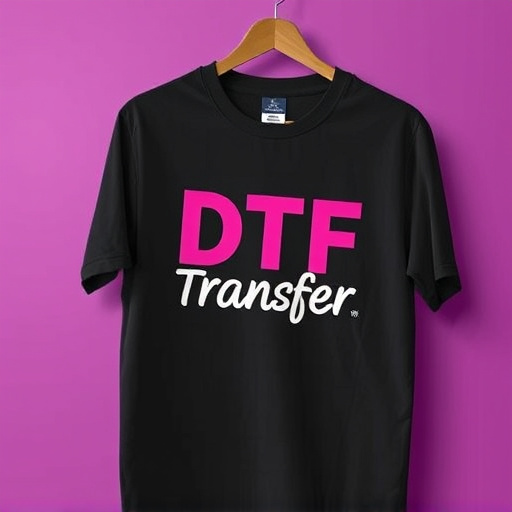
The Direct-To-Fabric (DTF) transfer technology is revolutionizing textile printing, offering an effi…….
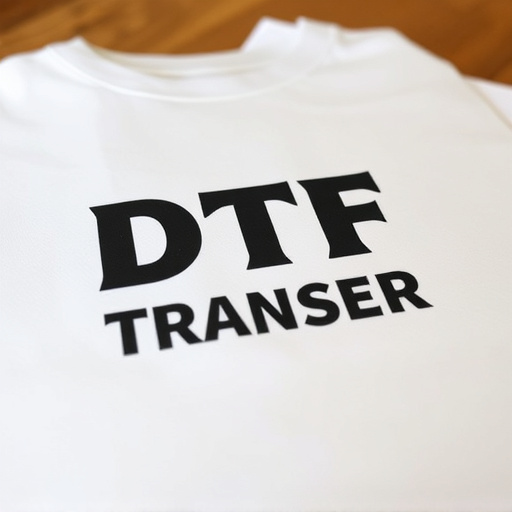
Direct-To-Fabric (DTF) printing revolutionizes textile production with its advanced adherence to pol…….
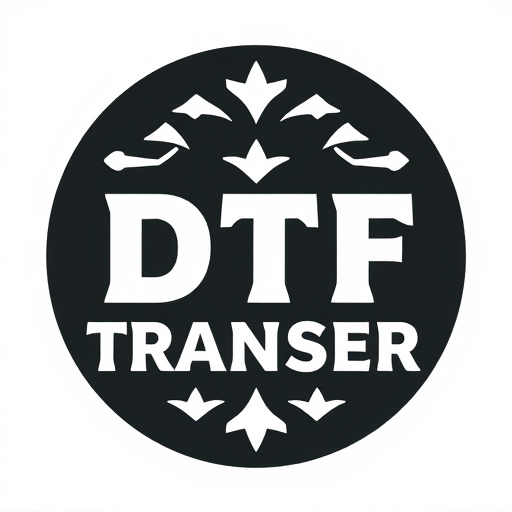
DTF (Direct-to-Fabric) Transfer is a cutting-edge technology for textile printing, offering high-qua…….